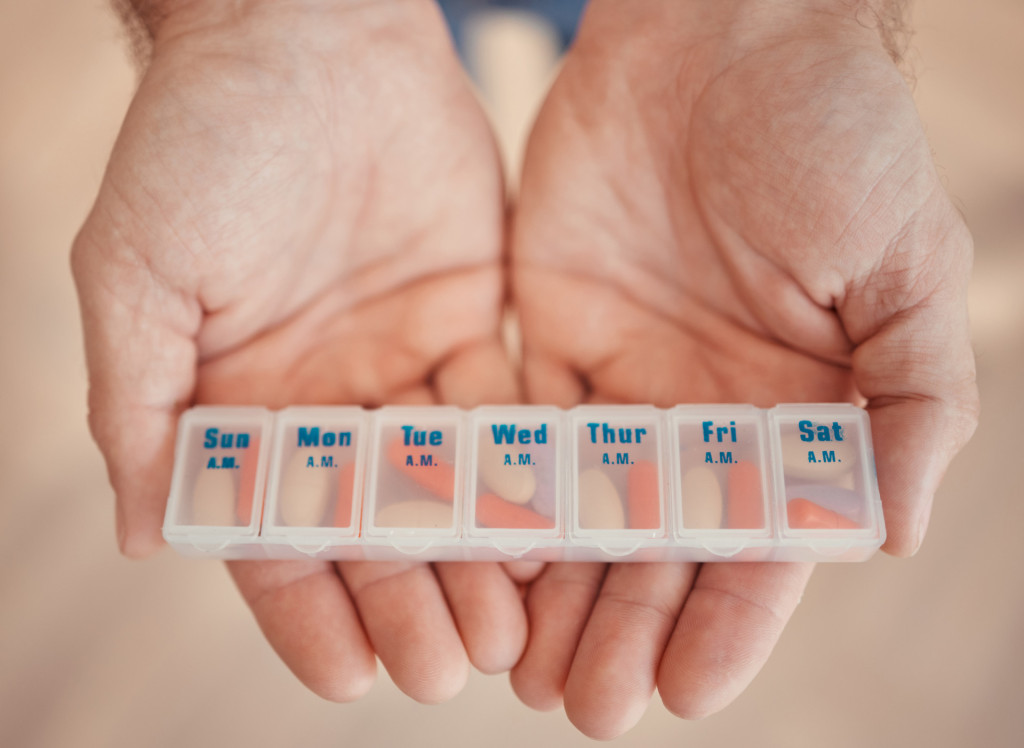When DRESS is not about clothes
- 20/12/2022
The DRESS (Drug Reaction with Eosinophilia and Systemic Symptoms) syndrome encompasses drug rash with organ impairment. It was first described in 1996 by Callot et al. in a study of 21 patients with acute organ disease, eosinophilia and skin symptoms. The frequency of DRESS is estimated to be between 1/1,000 and 1/10,000 patients. Although this frequency may well be higher, it is rarely diagnosed. Several pharmacological compounds are commonly associated with DRESS syndrome including phenytoin and phenobarbital. The clinical symptoms of DRESS syndrome appear 2–8 weeks after administration of the reaction-inducing drug. They typically manifest as:
- fever;
- maculopapular rash;
- peripheral lymphadenopathy;
- haematological disorders;
- impairment of one or more organs.
Mortality is estimated to be 10% in adults and 5.4% in children.
We present to your attention several individual cases of DRESS syndrome that were detected by the DrugCard platform during the literature monitoring.
The clinical case of DRESS syndrome in adult
The DrugCard platform found this case in the medical journal «Advances in Dermatology and Allergology / Postępy Dermatologii i Alergologii». The authors report on an elderly COVID-19 patient who developed DRESS upon treatment. A 95-year-old female nursing home resident developed acute respiratory symptoms at the peak of the COVID-19 “first wave” in Italy. Upon hospitalization, she was treated (empirically) with hydroxychloroquine (400 mg/day) and enoxaparin (4,000 UI/day). A patient developed a maculopapular skin eruption with a purpuric aspect and scaling. The skin rash occupied more than 50% of the body surface (abdomen, back, upper and lower limbs) and was accompanied by severe itching and burning sensation. Fever (> 38.5°C), lymph node swelling at multiple peripheral stations, and elevated serum creatinine values completed the clinical picture. The white blood cell count reached 15,160/μl, with the eosinophil count at 1,540/μl. Therefore, a DRESS diagnosis was established (RegiSCAR score = 7).
Search for the causative drug in this case
The development of DRESS led to the discontinuation of the probably useless hydroxychloroquine. Enoxaparin dosage was doubled (8,000 IU/day), considering increased D-dimer values (2.173 μg/ml). However, a further deterioration of the clinical conditions occurred. Enoxaparin was replaced with fondaparinux, believing that the latter drug had a less allergenic profile. A sustained high-dosage corticosteroid treatment was undertaken, and the patient eventually recovered from both COVID-19 and DRESS and survived. To the author’s knowledge, this is the second report of a DRESS associated with enoxaparin exposure. Please note that DRESS is not listed in enoxaparin SmPC.
A rare case of DRESS syndrome in a child
DRESS is a systemic, severe drug hypersensitivity syndrome generally observed in adults but rarely may be seen in children as well. The DrugCard platform found a DRESS case in a child in the «Journal of Mother and Child». This report presents the case of a 7-year-old boy who was referred to the Department of Paediatric Surgery with a fever of up to 38°C, vomiting, and diarrhea, accompanied by an erythematous, maculopapular rash. The erythematous rash covers the earlobes, face, and torso. Laboratory tests revealed eosinophilia (21%) and elevated C-reactive protein (CRP; 67 mg/L). DRESS syndrome was diagnosed based on the overall clinical picture and the current criteria. In a patient, an important factor provoking the development of DRESS syndrome appeared to be vancomycin taken during the initial hospitalization. Symptoms occurred two weeks after the end of vancomycin therapy, which is consistent with the diagnostic criteria of DRESS.
Importance of detecting such cases by pharmacovigilance
Adverse drug reactions are considered rare or very rare when they occur between ≥1/10,000 and <1/1,000 drug expositions. Overall, rare and very rare ADRs have immediate and vital clinical implications. DRESS is classified within severe cutaneous adverse reactions (SCARs), which include a broad group of delayed hypersensitivity reactions. Also, DRESS is on the EMA’s Designated Medical Events (DME) list. Of course, pharmacovigilance most often detects such cases during literature monitoring. While over 50 drugs have been identified to cause DRESS, antiepileptics and antibiotics are reported more frequently. If the syndrome is not listed in the SmPC, this does not mean that the drug cannot cause the development of the DRESS. And this is well illustrated by the case of enoxaparin.


